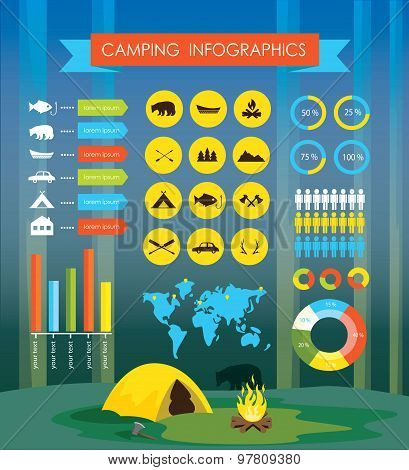Rain flies are a necessary device for wall surface outdoors tents. They increase the capability of an outdoor tents to shield campers from severe weather conditions while supplying included convenience and durability.
Normal cleaning of a rain fly keeps mud, mildew, and particles from ruining it. Also, making certain the proper stress of a rainfly prevents it from sagging and permitting water to collect beneath.
Weather Condition Resistant Products
The product used in building and construction jobs can affect the long life and toughness of the project. Selecting weather-resistant materials helps reduce maintenance costs and saves sources for future repair and substitute.
Wood might not be the initial material that comes to mind when reviewing weather condition resistance, yet it is very long lasting when properly treated with chemicals. Cedar, redwood, and teak wood are instances of normally rot-resistant woods utilized to make a variety of outdoor furniture and structures.
High-performance canvas wall tents are created to resist dampness and maintain campers comfortable. It is necessary to clean canvas and tents on a regular basis to eliminate dirt, mud, and dirt. It is likewise essential to rinse any deposit from the canvas camping tent prior to storing it away for usage. Avoid utilizing bleach, as it damages the water-resistance therapy and makes the tent extra vulnerable to leak. Alternatively, a soft brush and a tube can be utilized to extensively scrub the canvas camping tent and rinse it off with water till it is fully filled.
UV Direct exposure
Unless a camping tent is made from UV-resistant textile, extended exposure to sunshine will trigger it to weaken. This is true of all materials, however it's specifically pronounced for camping tents and canvas frameworks as a result of how much they're utilized in exterior settings. UV radiation can cause dyes to break down, resulting in a loss of shade vibrancy.
A rainfly secures wall surface outdoors tents from these hazardous UV rays by mirroring them before they can permeate the framework and reach your skin. It's important to choose a rainfly with a UPF score of 50 or greater to obtain ideal UV security.
A rainfly likewise assists control the temperature level inside a camping tent relying on the period. A lighter rainfly can maintain outdoors tents from soaking up too much warmth in the summer season, while a larger rainfall fly can aid protect against warmth from running away the outdoor tents throughout chillier months. In either instance, these additional layers of insulation can dramatically extend an outdoor tents's life expectancy.
Dampness Damage
Canvas outdoors tents are fairly sturdy and can last 15-30 years with thorough care, however even one of the most high-performance canvas is not unsusceptible rainstorms. A rainfall fly or fly sheet adds a layer of protection for the ventilation roofing system of your canvas tent and aids protect against moisture damage.
Condensation, mold and mildew, and mold are not only unsightly, yet they can additionally ruin the structural honesty of your canvas outdoor tents. Stopping these problems is uncomplicated, but it requires precise treatment and focus to detail.
Make it a practice to check your camping tent in the early morning and get rid of any type of all-natural condensation, dew, or snow that has actually gathered externally. Later, be sure to spread your tent out in an open area and utilize a soft brush to scrub away any type of mold and mold that has actually created. Once you have actually removed the affected areas, re-treat the camping tent with a mold and mildew awesome option and wash it completely to prevent any kind of future invasions.
Dampness Accumulation
While typical, condensation can harm products if left unchecked. Thankfully, positive techniques like cleaning surface areas and airing out camping tents lessen condensation' influence.
Outdoor tents material, environment problems and usage patterns contribute to condensation levels. Sailcloth, for instance, resists water vapor evaporation and has a tendency to show handmade droplets more readily than polyester or nylon options. Understanding this difference educates exactly how tent proprietors manage condensation.
Passenger's exhaled breath and damp clothes and equipment spike moisture degrees. An absence of ventilation methods allows wetness to condense when warm indoor air meets cooler surface area temperatures. This cycle intensifies on damp nights or when a camping tent is positioned in reduced spots. Checking and wiping outdoor tents surfaces immediately after cooling urges wetness to spread before destructive materials or creating mold. Local air flow, such as routing a fan towards seams, further aids the procedure. Identifying the most prone areas of a camping tent, like high ridges and edges, helps campers enhance their dampness administration regimens.
